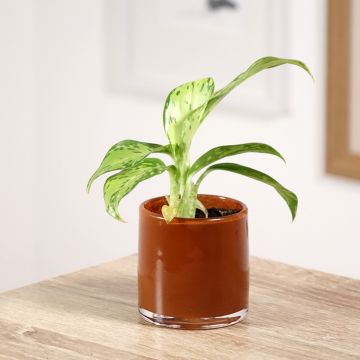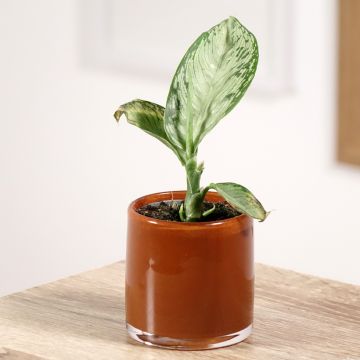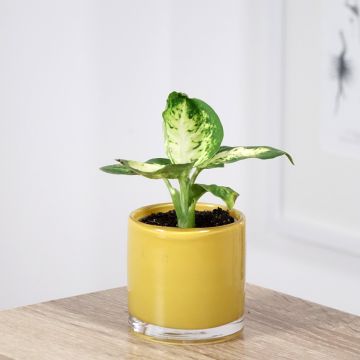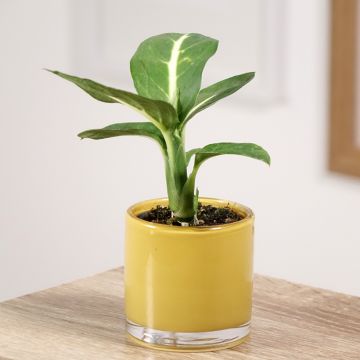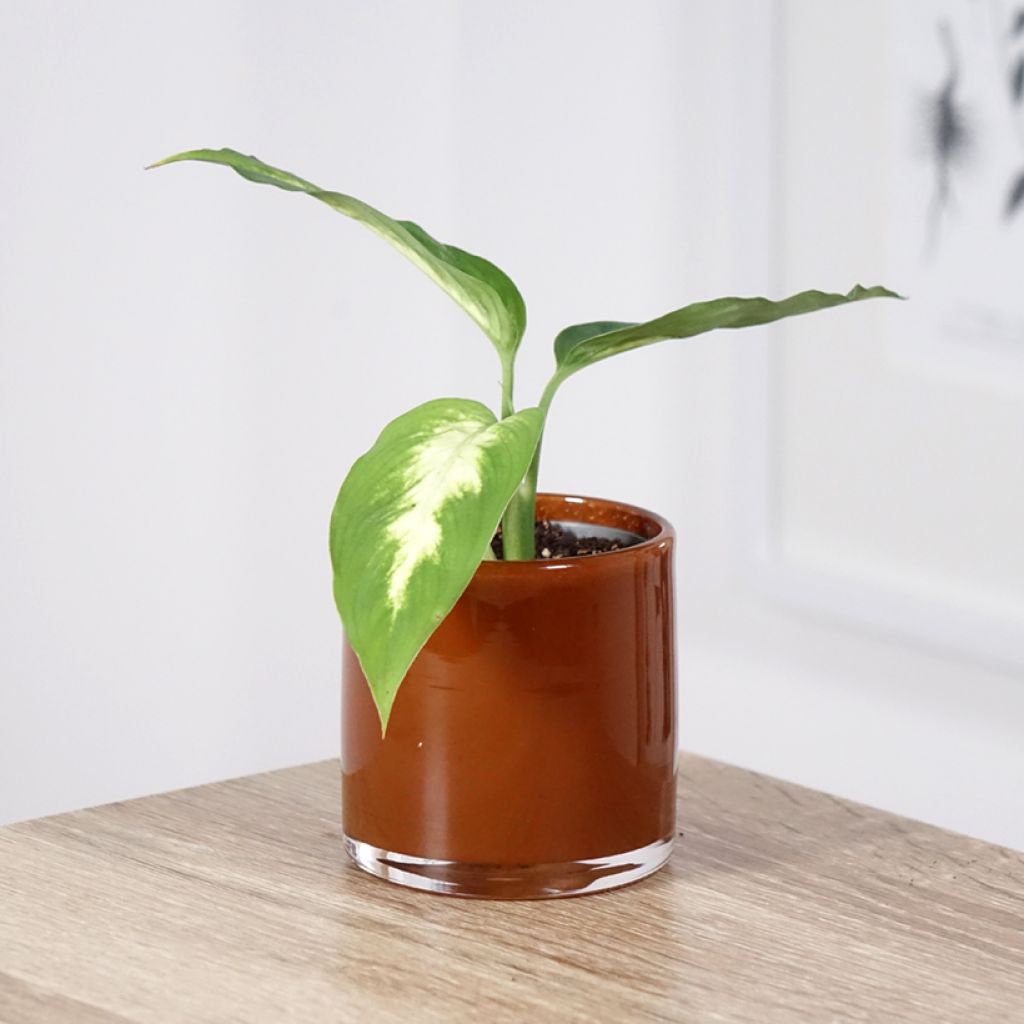

Dieffenbachia seguine Camilla - Dumb cane
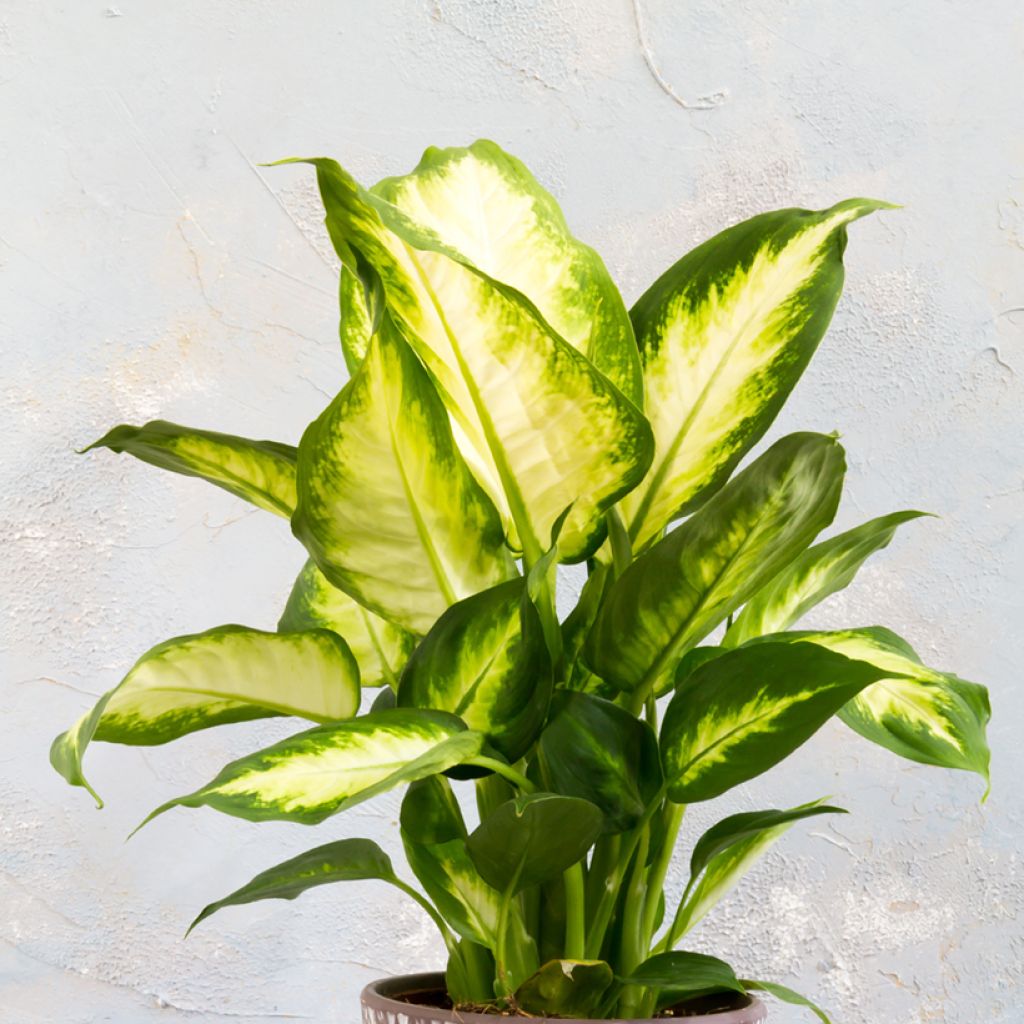

Dieffenbachia seguine Camilla - Dumb cane
Dieffenbachia seguine Camilla - Dumb cane
Dieffenbachia seguine Camilla
Dumb cane
Special offer!
Receive a €20 voucher for any order over €90 (excluding delivery costs, credit notes, and plastic-free options)!
1- Add your favorite plants to your cart.
2- Once you have reached €90, confirm your order (you can even choose the delivery date!).
3- As soon as your order is shipped, you will receive an email containing your voucher code, valid for 3 months (90 days).
Your voucher is unique and can only be used once, for any order with a minimum value of €20, excluding delivery costs.
Can be combined with other current offers, non-divisible and non-refundable.
Home or relay delivery (depending on size and destination)
Schedule delivery date,
and select date in basket
This plant carries a 30 days recovery warranty
More information
We guarantee the quality of our plants for a full growing cycle, and will replace at our expense any plant that fails to recover under normal climatic and planting conditions.
Description
The Dieffenbachia 'Camilla' or Dumb Cane is a popular houseplant prized for its lush variegated foliage and easy maintenance. Its broad leaves combining dark green and creamy white bring a touch of exotic flair to any interior décor. To help it thrive, place it in a spot with bright, indirect light and keep the soil slightly moist, avoiding overwatering.
The Dieffenbachia 'Camilla' belongs to the Araceae family. This cultivar is distinguished by its striking foliage featuring a dark green border that contrasts with a cream or pale yellow centre. Each large ovate leaf can grow up to 45 cm long and 30 cm wide. It has an upright, bushy habit, reaching a height of 50 cm to 1 m and a spread of 50 to 80 cm indoors. This plant has a moderate growth rate, and while it may produce the typical spathe inflorescences of the Araceae family, flowering indoors is rare and often insignificant. The 'Camilla' is a cultivar derived from the well-known Dieffenbachia seguine botanical species for its large ornamental leaves. This species is native to the humid tropical forests of Central and South America, particularly Brazil, Colombia, and the Caribbean. It grows naturally under the dense canopy of forests, thriving in dappled light and high humidity levels. In the wild, it can reach an impressive height of 2 metres, but cultivars are selected for a more compact size ideal for indoor cultivation. The Dieffenbachia genus is named after the German botanist Joseph Dieffenbach, head gardener at Schönbrunn Palace in Vienna.
To grow the Dieffenbachia 'Camilla' indoors, place it in a location with bright light but no direct sun as excessive light can damage its foliage. It prefers moderate ambient humidity and a stable temperature between 18 and 24°C. Regular watering is needed to keep the soil slightly moist while avoiding waterlogging, which can lead to root rot.
Warning - All parts of the Dieffenbachia 'Camilla' are toxic if ingested due to the presence of calcium oxalate crystals. Contact with the sap may cause skin irritation. It is therefore advisable to handle this plant with care, wearing gloves, and to keep it out of reach of children and pets.
The Dieffenbachia 'Camilla' will thrive in a bright living room, a well-lit bedroom, or even an office. Its large cream and green leaves blend seamlessly into a Scandinavian-style interior with its distinct lines and light tones, or an urban jungle setting, surrounded by wicker baskets and raw wood furniture. Place it on a raised stand such as a shelf or minimalist planter to showcase its upright habit. With its accommodating character, it is a valuable ally for creating a serene and welcoming feel. Pair it with a Syngonium 'Snow White' and an Aspidistra 'Milky Way'.
Report an error about the product description
Dieffenbachia seguine Camilla - Dumb cane in pictures


Foliage
Plant habit
Flowering
Botanical data
Dieffenbachia
seguine
Camilla
Araceae
Dumb cane
Cultivar or hybrid
Safety measures
atteintescutaneomuqueuses
Cette plante peut provoquer l'apparition de réactions cutanées indésirables, une atteinte des yeux, ou des difficultés respiratoires si elle est ingérée.
Ne la plantez pas là où de jeunes enfants peuvent évoluer. Evitez tout contact avec la peau: privilégiez l'emploi de gants pour la manipuler. En cas de contact, lavez-vous soigneusement les mains et rincez abondamment à l'eau la zone concernée. Lavez les vêtements entrés en contact. En cas de réaction cutanée, contactez votre médecin ou le centre antipoison le plus proche de chez vous. En cas d'atteinte étendue ou de difficultés respiratoires, appelez immédiatement le 15 ou le 112.Pensez à conserver l'étiquette de la plante, à la photographier ou à noter son nom, afin de faciliter le travail des professionnels de santé.
Davantage d'informations sur https://plantes-risque.info
Other Dieffenbachia - Dumb canes
View all →Location
Location
Maintenance and care
Watering tips
Potting advice, substrates and fertilisers
Houseplant care
Disease and pest advice
Maintenance and care
This item has not been reviewed yet - be the first to leave a review about it.
Haven't found what you were looking for?
Hardiness is the lowest winter temperature a plant can endure without suffering serious damage or even dying. However, hardiness is affected by location (a sheltered area, such as a patio), protection (winter cover) and soil type (hardiness is improved by well-drained soil).

Photo Sharing Terms & Conditions
In order to encourage gardeners to interact and share their experiences, Promesse de fleurs offers various media enabling content to be uploaded onto its Site - in particular via the ‘Photo sharing’ module.
The User agrees to refrain from:
- Posting any content that is illegal, prejudicial, insulting, racist, inciteful to hatred, revisionist, contrary to public decency, that infringes on privacy or on the privacy rights of third parties, in particular the publicity rights of persons and goods, intellectual property rights, or the right to privacy.
- Submitting content on behalf of a third party;
- Impersonate the identity of a third party and/or publish any personal information about a third party;
In general, the User undertakes to refrain from any unethical behaviour.
All Content (in particular text, comments, files, images, photos, videos, creative works, etc.), which may be subject to property or intellectual property rights, image or other private rights, shall remain the property of the User, subject to the limited rights granted by the terms of the licence granted by Promesse de fleurs as stated below. Users are at liberty to publish or not to publish such Content on the Site, notably via the ‘Photo Sharing’ facility, and accept that this Content shall be made public and freely accessible, notably on the Internet.
Users further acknowledge, undertake to have ,and guarantee that they hold all necessary rights and permissions to publish such material on the Site, in particular with regard to the legislation in force pertaining to any privacy, property, intellectual property, image, or contractual rights, or rights of any other nature. By publishing such Content on the Site, Users acknowledge accepting full liability as publishers of the Content within the meaning of the law, and grant Promesse de fleurs, free of charge, an inclusive, worldwide licence for the said Content for the entire duration of its publication, including all reproduction, representation, up/downloading, displaying, performing, transmission, and storage rights.
Users also grant permission for their name to be linked to the Content and accept that this link may not always be made available.
By engaging in posting material, Users consent to their Content becoming automatically accessible on the Internet, in particular on other sites and/or blogs and/or web pages of the Promesse de fleurs site, including in particular social pages and the Promesse de fleurs catalogue.
Users may secure the removal of entrusted content free of charge by issuing a simple request via our contact form.
The flowering period indicated on our website applies to countries and regions located in USDA zone 8 (France, the United Kingdom, Ireland, the Netherlands, etc.)
It will vary according to where you live:
- In zones 9 to 10 (Italy, Spain, Greece, etc.), flowering will occur about 2 to 4 weeks earlier.
- In zones 6 to 7 (Germany, Poland, Slovenia, and lower mountainous regions), flowering will be delayed by 2 to 3 weeks.
- In zone 5 (Central Europe, Scandinavia), blooming will be delayed by 3 to 5 weeks.
In temperate climates, pruning of spring-flowering shrubs (forsythia, spireas, etc.) should be done just after flowering.
Pruning of summer-flowering shrubs (Indian Lilac, Perovskia, etc.) can be done in winter or spring.
In cold regions as well as with frost-sensitive plants, avoid pruning too early when severe frosts may still occur.
The planting period indicated on our website applies to countries and regions located in USDA zone 8 (France, United Kingdom, Ireland, Netherlands).
It will vary according to where you live:
- In Mediterranean zones (Marseille, Madrid, Milan, etc.), autumn and winter are the best planting periods.
- In continental zones (Strasbourg, Munich, Vienna, etc.), delay planting by 2 to 3 weeks in spring and bring it forward by 2 to 4 weeks in autumn.
- In mountainous regions (the Alps, Pyrenees, Carpathians, etc.), it is best to plant in late spring (May-June) or late summer (August-September).
The harvesting period indicated on our website applies to countries and regions in USDA zone 8 (France, England, Ireland, the Netherlands).
In colder areas (Scandinavia, Poland, Austria...) fruit and vegetable harvests are likely to be delayed by 3-4 weeks.
In warmer areas (Italy, Spain, Greece, etc.), harvesting will probably take place earlier, depending on weather conditions.
The sowing periods indicated on our website apply to countries and regions within USDA Zone 8 (France, UK, Ireland, Netherlands).
In colder areas (Scandinavia, Poland, Austria...), delay any outdoor sowing by 3-4 weeks, or sow under glass.
In warmer climes (Italy, Spain, Greece, etc.), bring outdoor sowing forward by a few weeks.






























